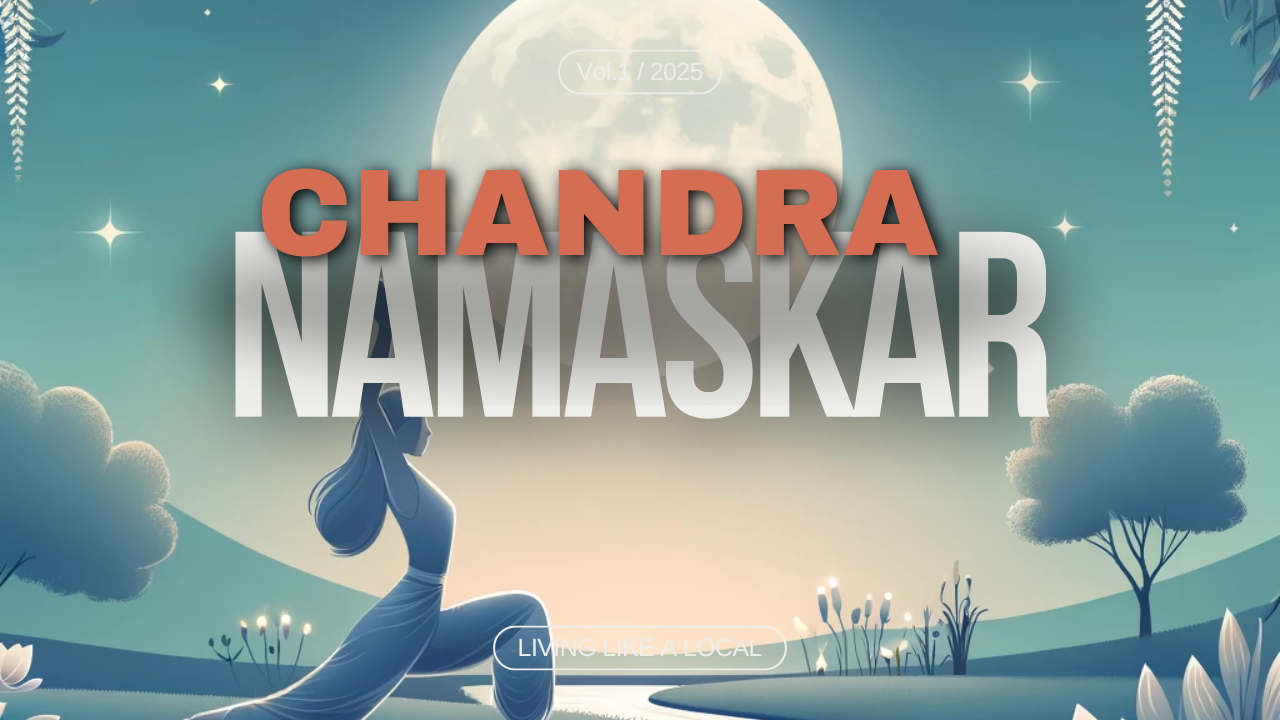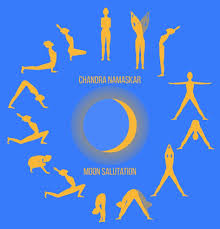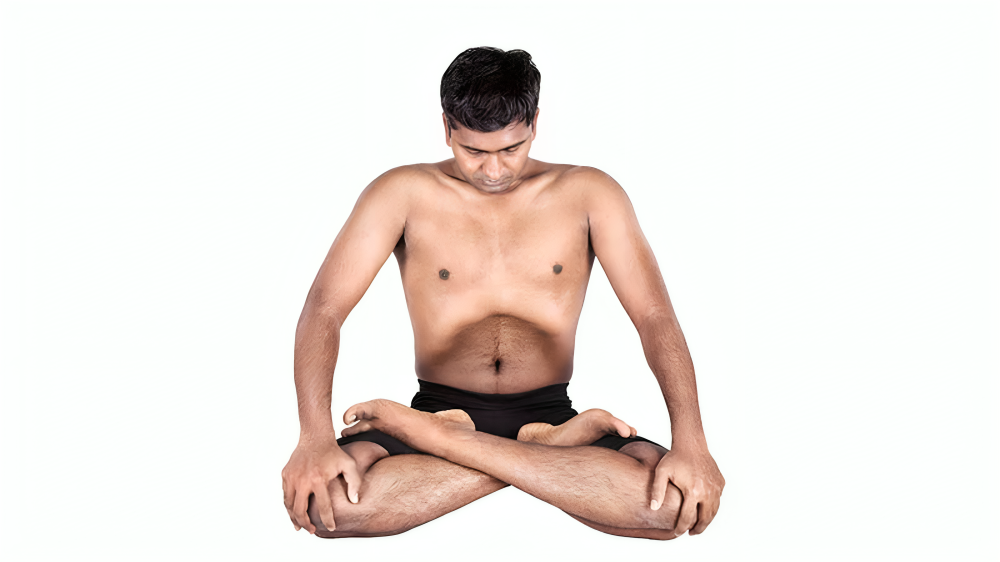
Chandra Namaskar, or Moon Salutation, might not be as well-known as the energetic Sun Salutation, but it’s just as magical. This sequence is perfect for those evenings when you need to shed the stress of a long day or when you’re seeking a gentler approach to movement. Gentle and meditative, Chandra Namaskar is a sequence of poses that mirror the cooling energy of the moon, promoting relaxation and balance. Let’s explore the benefits of this soothing practice and learn how to perform it step by step.
Why Practice Chandra Namaskar?
Chandra Namaskar has several benefits that make it a worthwhile addition to your yoga practice:
- Stress Relief: The slow pace and mindful movement help reduce stress and anxiety.
- Improved Flexibility: The poses stretch many parts of the body, enhancing overall flexibility.
- Balancing Energy: It balances the cooling moon energy, perfect for calming down after activities that heat up the body.
- Focus and Calm: The sequence encourages a meditative state, fostering a sense of inner peace.
connect mind body and spirit with 7 charkas activating yoga.
Step-by-Step Guide to Chandra Namaskar
Here’s how to do Moon Salutation step by step. It’s best to practice this sequence in the evening or when you want to calm down.

- Prayer Pose (Pranamasana): Stand at the edge of your mat, feet together, and hands pressed together in front of your chest. Take a deep breath.
- Raised Arms Pose (Hasta Uttanasana): Inhale and lift your arms up and back, keeping your biceps close to your ears. This pose stretches your belly and improves digestion.
- Standing Forward Bend (Uttanasana): Exhale and fold forward from the hip joints, not from the waist. As you go down, try to keep your spine straight.
- Lunge Pose (Ashwa Sanchalanasana): Inhale and step your right leg back, dropping your knee to the ground. Lift your chest and look up.
- Mountain Pose (Parvatasana): Exhale and step your left foot back to meet your right, lifting your hips and tailbone up, pressing your chest towards your thighs and heels toward the floor.
- Ashtanga Namaskara (Eight-Pointed Salutation): Gently lower your knees, then your chest, and then your forehead to the floor, keeping your hips up and toes curled under.
- Cobra Pose (Bhujangasana): Slide forward to lie on your belly. Press your feet and legs down, and, as you inhale, lift your chest up off the floor.
- Mountain Pose (Parvatasana): Exhale and lift from the hips to return to Mountain Pose.
- Lunge Pose (Ashwa Sanchalanasana): Inhale and bring your right foot forward between your hands, dropping your left knee to the ground.
- Standing Forward Bend (Uttanasana): Exhale and step your left foot forward next to your right. Bend at the hips and lower your head toward the knees.
- Raised Arms Pose (Hasta Uttanasana): Inhale, rise up with arms up and back.
- Prayer Pose (Pranamasana): Exhale and bring your hands together in front of your chest in prayer position.
Repeat this sequence, switching the leading leg.
It’s here benefits Surya Namaskar you have know
Conclusion:
Chandra Namaskar is a fantastic way to end your day. It helps you tune into the lunar qualities of coolness, reflection, and tranquility. Whether you’re a seasoned yogi or just starting out, integrating Chandra Namaskar into your routine can enhance your physical and mental health, helping you find balance in your daily life. Give it a try tonight and notice how the moon’s serene energy influences you.

